H1 2023 SAP SuccessFactors
Release Analysis
We’ve broken down the major H1 2023 SAP SuccessFactors® updates to help you easily digest the latest changes. In this post, we’ll look at what’s new in Payroll.
You must install the Synchronization Support Package SPB9 to use the new features.
Avoid Split of Master Data Records When Moving Full Transmission Start Date
This feature creates more continuous data records. It prevents splits in master data records when admins move the full transmission start date (FTSD) into the future.
What is FTSD?
The point-to-point employee master data replication from Employee Central to Employee Central Payroll uses a key-date called the full transmission start date (FTSD). Your system administrators defined the key-date at the beginning of the project implementation.
The replication framework filters out all master data records with an end date before the FTSD.
After the go-live, we recommend you periodically move the FTSD into the future to reduce data volume and improve performance.
SAP closed a gap by preventing the sometimes unneeded splits of infotype time slices created when the full transmission start date (FTSD) is moved into the future.
How to turn it on: Customer Configured
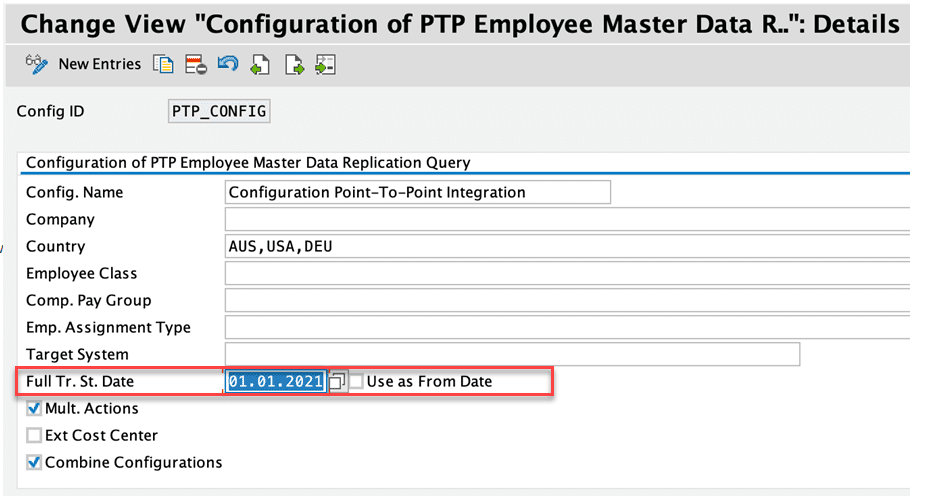
New Onboarding (Standard Event) for Payroll Tasks
With this enhancement, SAP added a new Onboarding (Standard Event) for New Zealand and the United Kingdom to support specific onboarding tasks for Payroll administrators.
For example: If an employee chooses tax code STC (tailored tax code) in the onboarding form, the Payroll administrator needs to start a manual process to create the infotype P0313 in the Employee Central Payroll system.
For this initiation, a payroll task must be available in Employee Central so that the Payroll administrator can easily find it and take the necessary action.
How to turn it on: Customer Configured
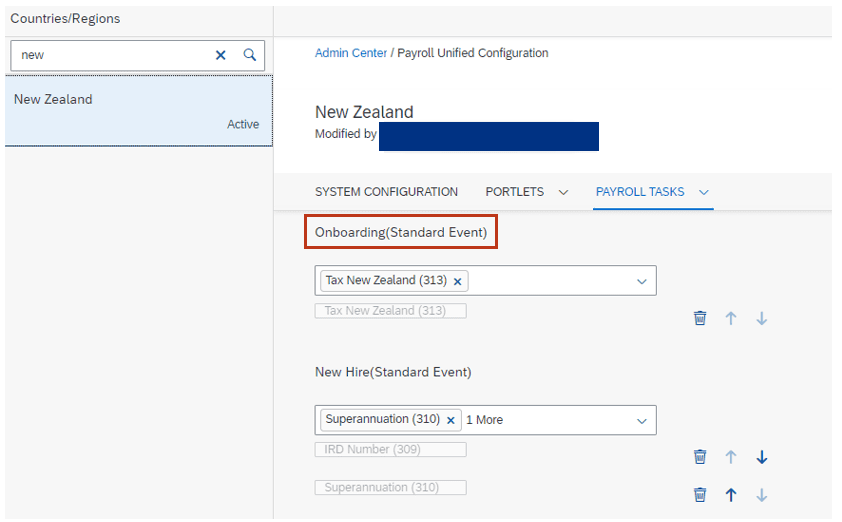
Enhanced Application Log for Push Replication (SLG1)
Users can now view the application log for push replication.
Push replication happens immediately and is useful for job events like hire, rehire, and termination. It’s now possible to analyze technical errors, such as missing authorizations during push replication runs, using the Application Log (transaction SLG1) in the Employee Central Payroll system.
With this enhancement, log data about the push replication is available in the Application log (SLG1). Analyzing errors is easier and faster.
How to turn it on: Apply Synchronization Support Package EA-HR SPB9
 Support for Connection of One Employee Central Instance to Multiple Payroll Solutions by Legal Entity
Support for Connection of One Employee Central Instance to Multiple Payroll Solutions by Legal Entity
This enhancement adds the Legal Entity List field to the Payroll System Configuration (PSC) MDF object, allowing one Employee Central system to connect to several SAP Payroll solutions.
This enhancement makes it possible to configure multiple PSCs for a single country/region and connect each PSC of that country/region to a different SAP Payroll solution based on the legal entity. Depending on the configuration, the employee data belonging to different Legal Entities are replicated into the corresponding Payroll Systems.
How to turn it on: Customer Configured
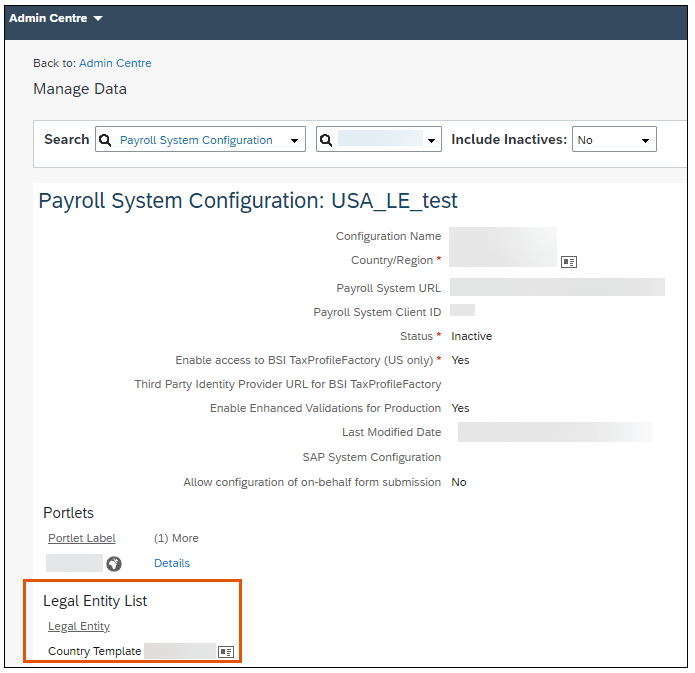
Enhanced Alert Management in Payroll Control Center
The My Alerts application in Payroll Control Center now supports filtering alerts based on alert status and provides the Key Indicator and Details columns for alerts marked as Resolved.
Validation rules are now sorted by the number of assigned alerts, unassigned alerts, and resolved alerts in descending order. Payroll administrators can filter validation rules based on alert status and search terms.
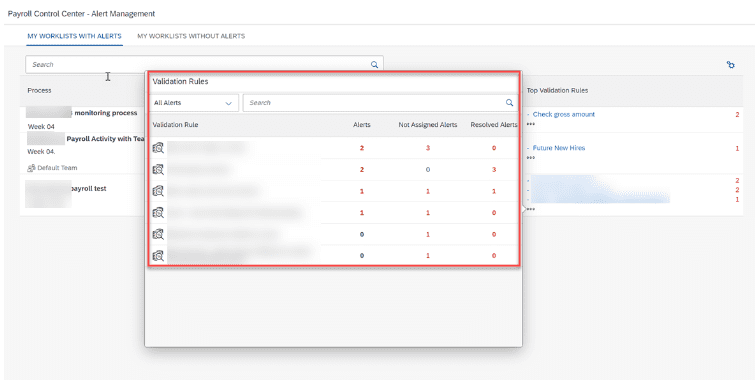
In both worklists, SF adds the Resolved Alerts column after the Not Assigned Alerts column to provide the number of alerts marked resolved in each payroll process.
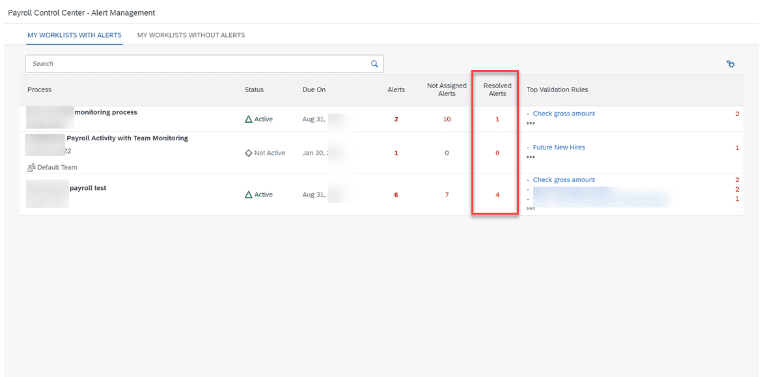
On the Resolved tab, SF provides Key Indicator and Details columns to help administrators decide whether to forward or undo a resolved alert.
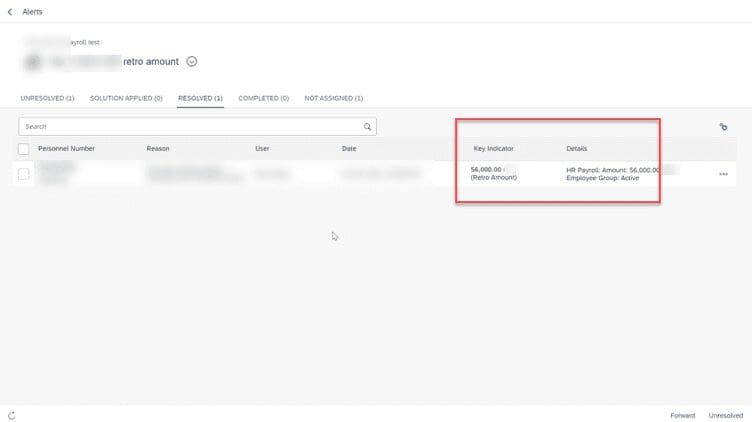
How to turn it on: Customer Configured

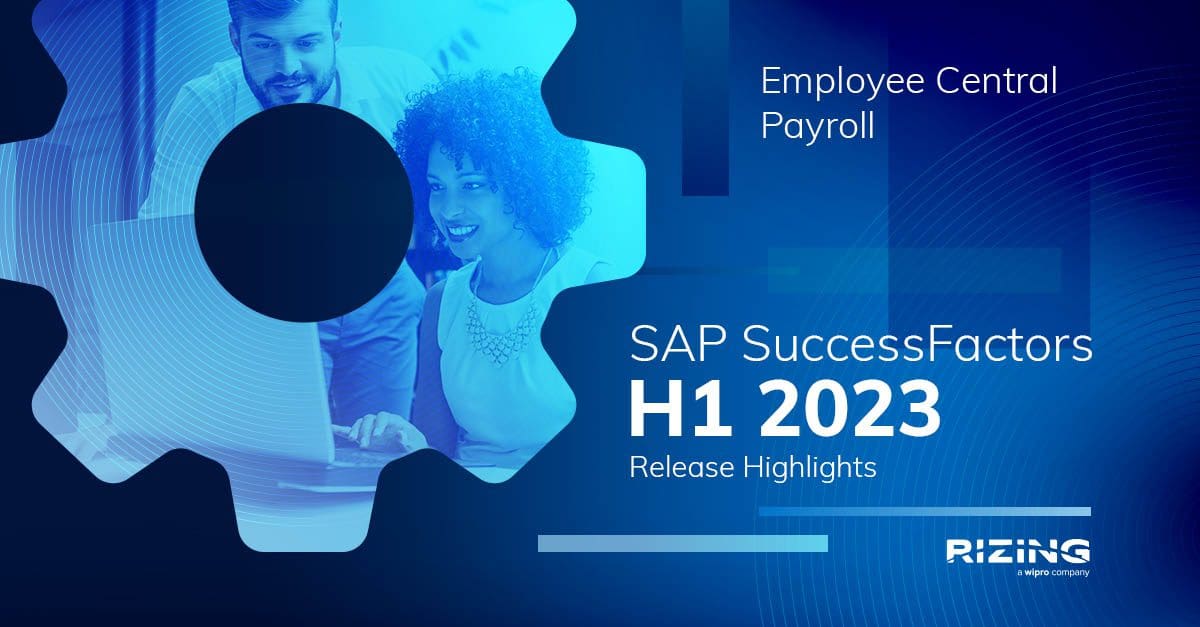
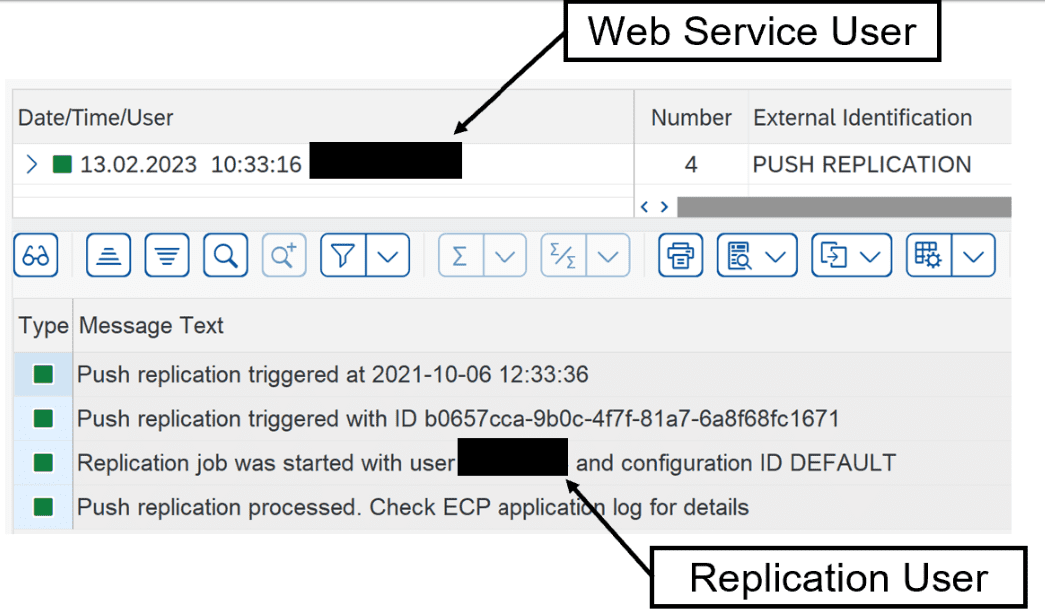 Support for Connection of One Employee Central Instance to Multiple Payroll Solutions by Legal Entity
Support for Connection of One Employee Central Instance to Multiple Payroll Solutions by Legal Entity